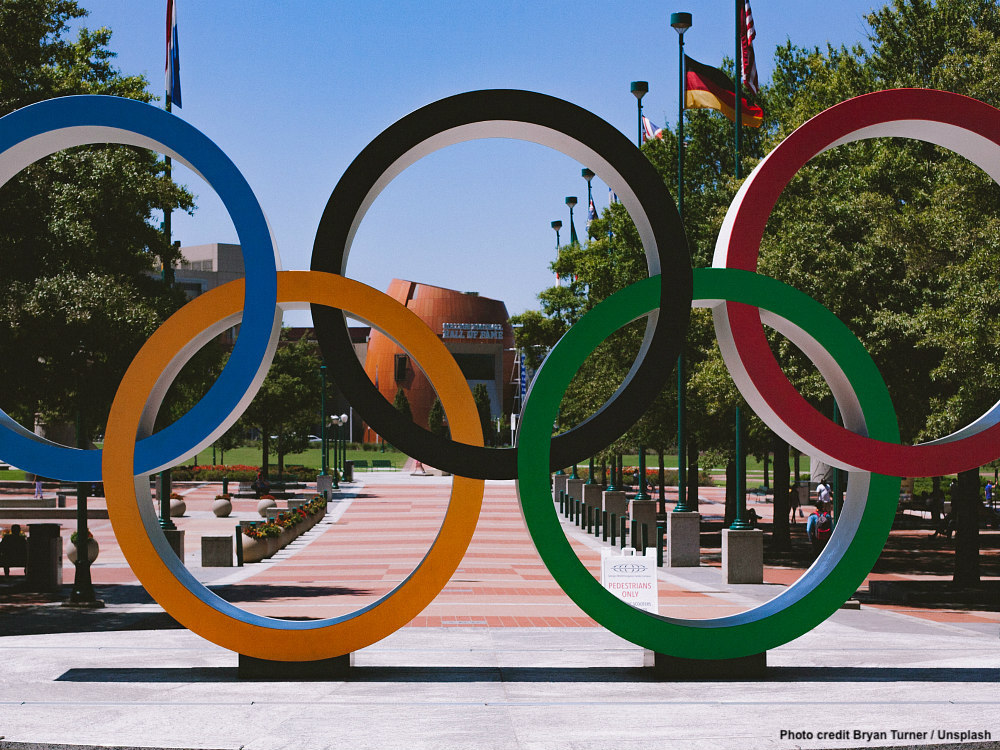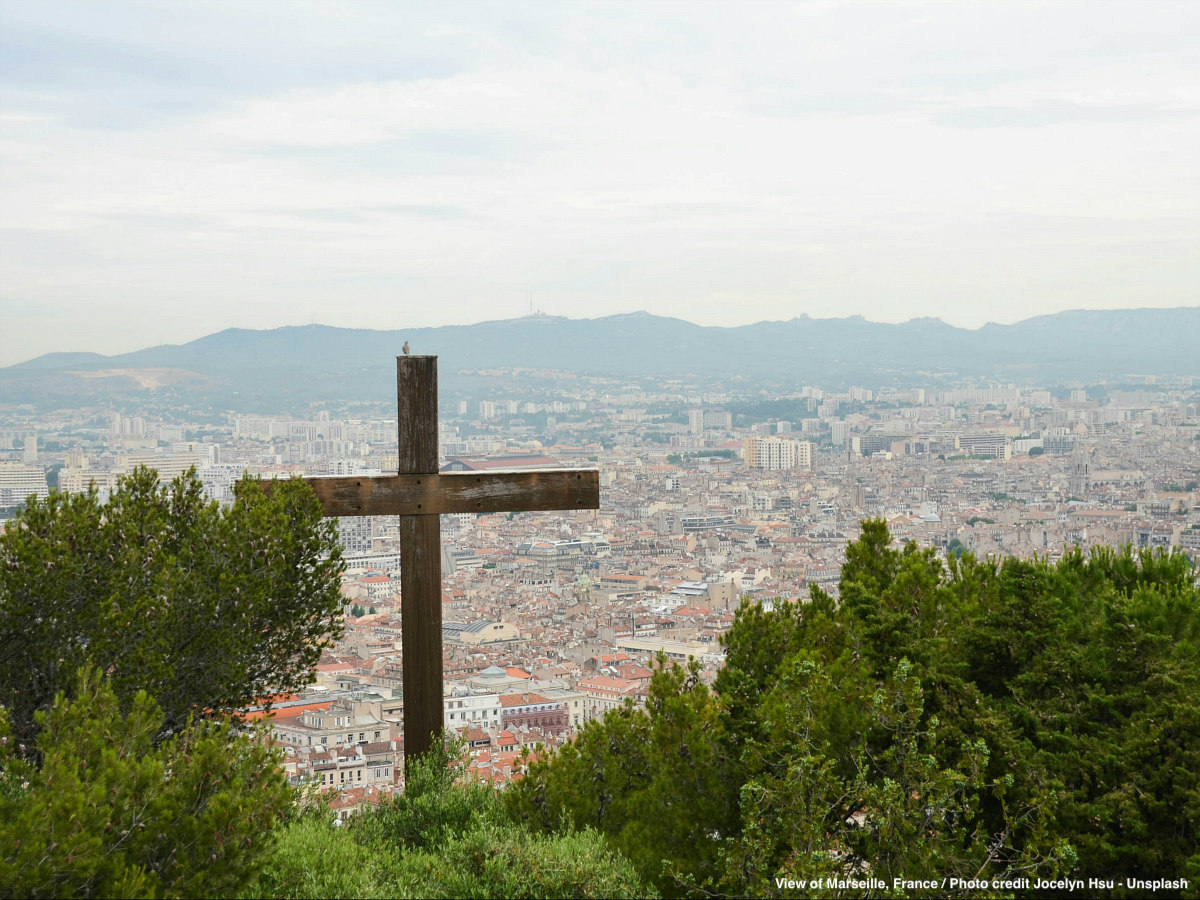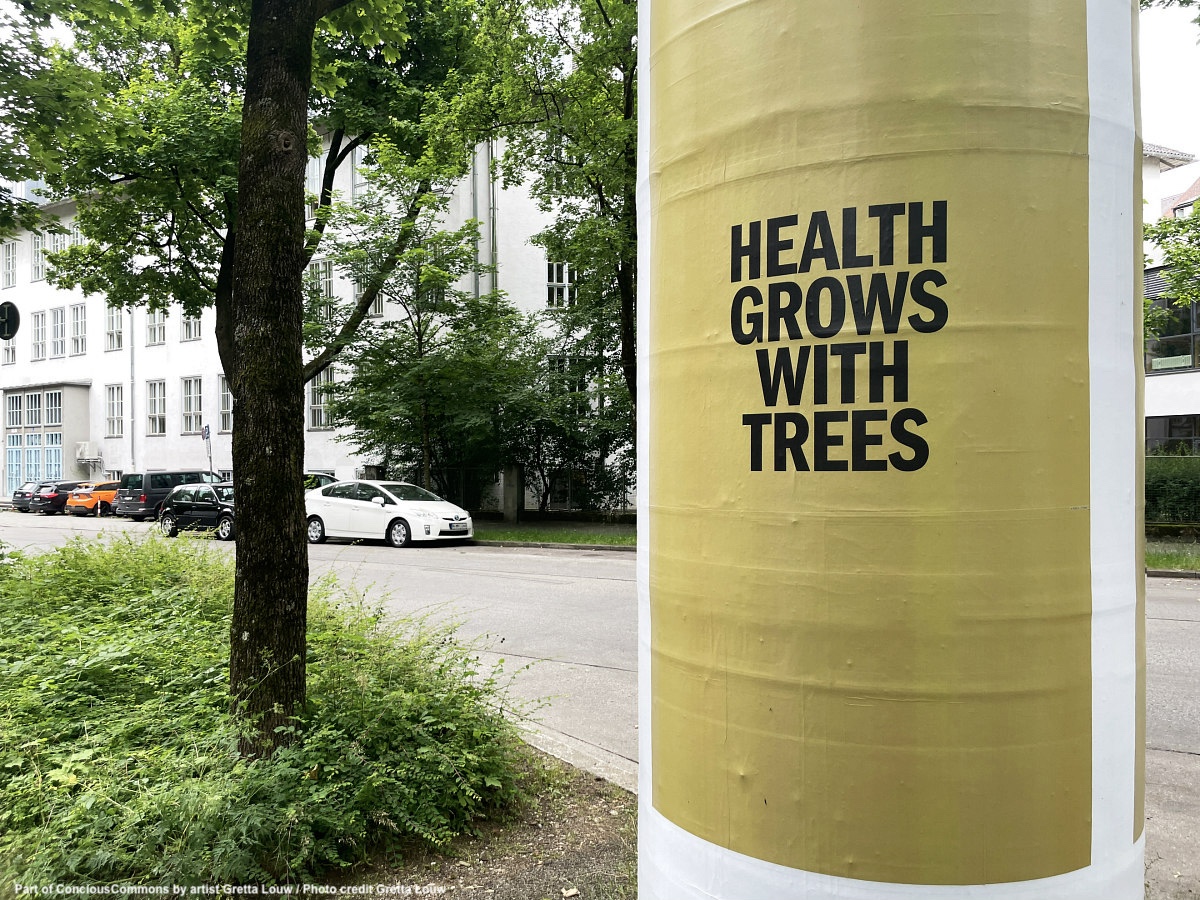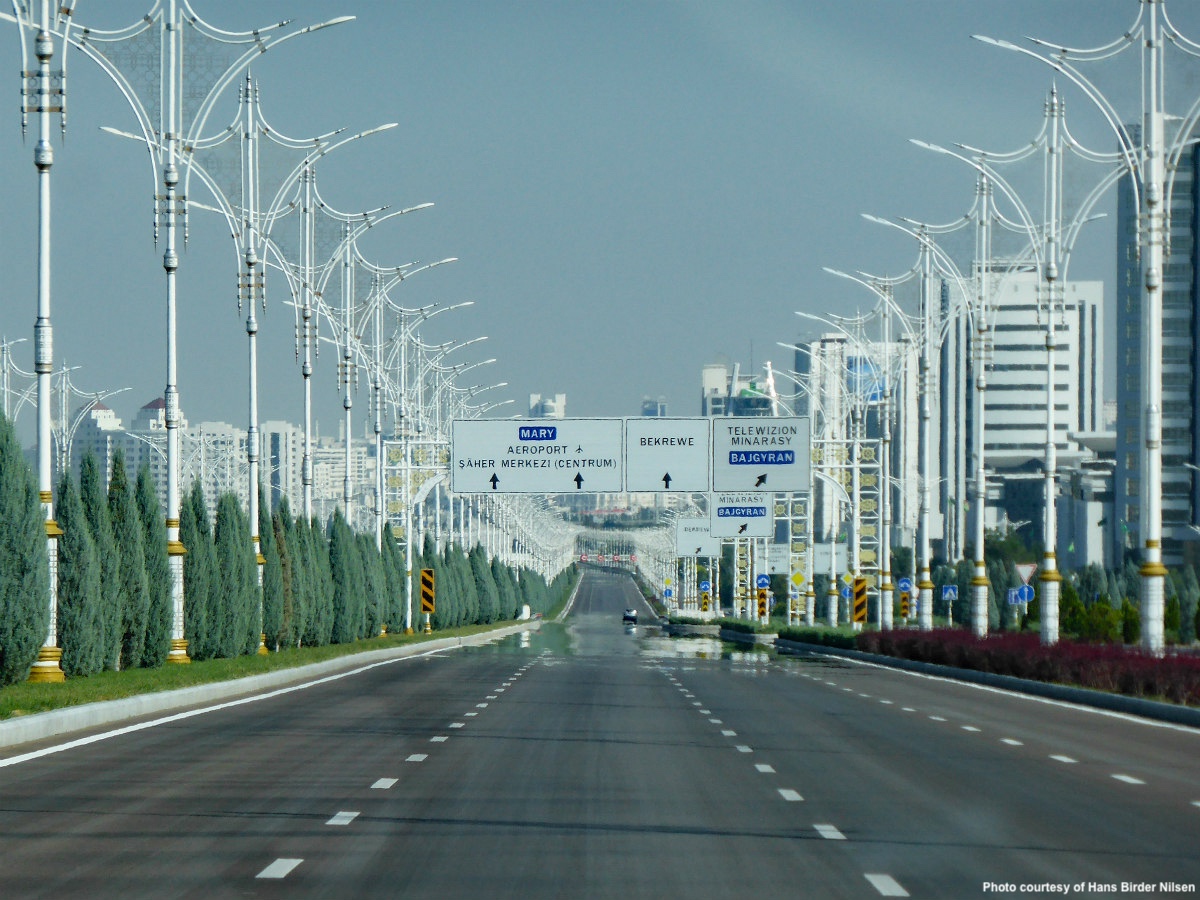Every morning, around seven hundred children between the ages of three and twelve head to their school, Pleyel – Anatole France, in the Seine Saint-Denis department North East of Paris, mostly on foot. But their morning commute will soon feel quite different. The construction of the A86/A1 highway Pleyel interchange project, which will connect athletes to key sites during the coming Olympic Games, will literally trap the school between two roads adding road safety and air pollution concerns. Traffic is expected to double to 10 000 – 20 000 vehicles per day on these roads.
Hamid Ouidir is a neighbour, parent of a child at Pleyel – Anatole France, and member of FCPE 93, the local federation of school parents. As we walked together towards the school, he explained that actions such as street closures, protests, petitions and lobbying, as well as the proposal of alternative projects have been carried out over the last few years, to limited success. He is an active member of various coalitions involved in mobilisations, including an Appeal to the Administrative Court to make the interchange project of public interest, which the residents of the neighbourhood successfully obtained on May 5, 2020.
Yet the approval of the highway interchange went ahead, with presumably some air quality monitoring and other small adjustments like a vegetation wall being made; something that sounds more like greenwashing to local activists than real solutions. The project is a source of great concern for neighbours at a time when many studies have reiterated the visible inequalities in levels of air pollution in disadvantaged neighbourhoods or areas with high populations of people of colour, as the recent report issued by Greenpeace UK warns referring to London. In fact, UNICEF in its latest report cited the public school Pleyel – Anatole France as an example of social inequality and air quality in France.
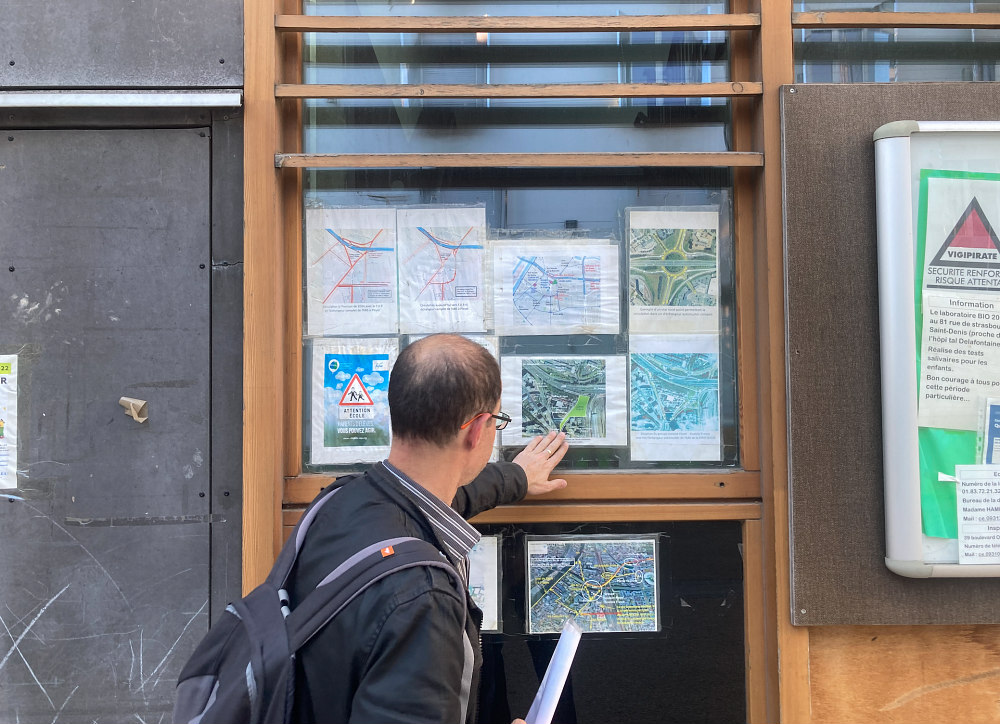
“The authorities have made concessions but it is not enough. It is to appease us” says Ouidir. Right now there is no other area of this size with as many ongoing projects in the country, it’s madness! The highway interchange, the new St-Denis Pleyel Station and nearby development, the Pleyel Tower, the Olympic Village are all projects that ultimately are here to attract promoters.” I could hear Ouidir’s frustration about the changing nature of the neighbourhood but also the feeling of being ignored by city authorities makes the situation so exhausting. Efforts to maintain a watchful eye on implementation are restless because the fight for more protective and air quality monitoring measures remain key to the disputed existence of the interchange.
The narrative of citizen participation is mere posturing, they pretend to listen.
This ongoing activism in Seine Saint-Denis epitomises the controversial nature of urban renewal as a by-product of ‘Olympic Legacy’ in cities, a term championed by the International Olympic Committee (IOC). But it is no secret that the ‘Barcelona Model’, as it came to be known, is long gone. Yet it put a curse on other cities keen to replicate a success in urban regeneration that rarely came to fruition. Whether it was Rio de Janeiro’s 2009 Summer Olympics, that advanced massive infrastructural improvements to the city, but left a legacy of evictions, underused sporting infrastructure, and staggering budget allocation, or Athens’ 2004 Games that left rotting infrastructure and high debt. One could argue whether sporting infrastructure has been put to good use after the Games, but beyond that, the legacy of the Olympic Games – often sold as a discourse of lofty and altruistic ambitions – resulted in social displacement in cities and exacerbated urban inequalities.
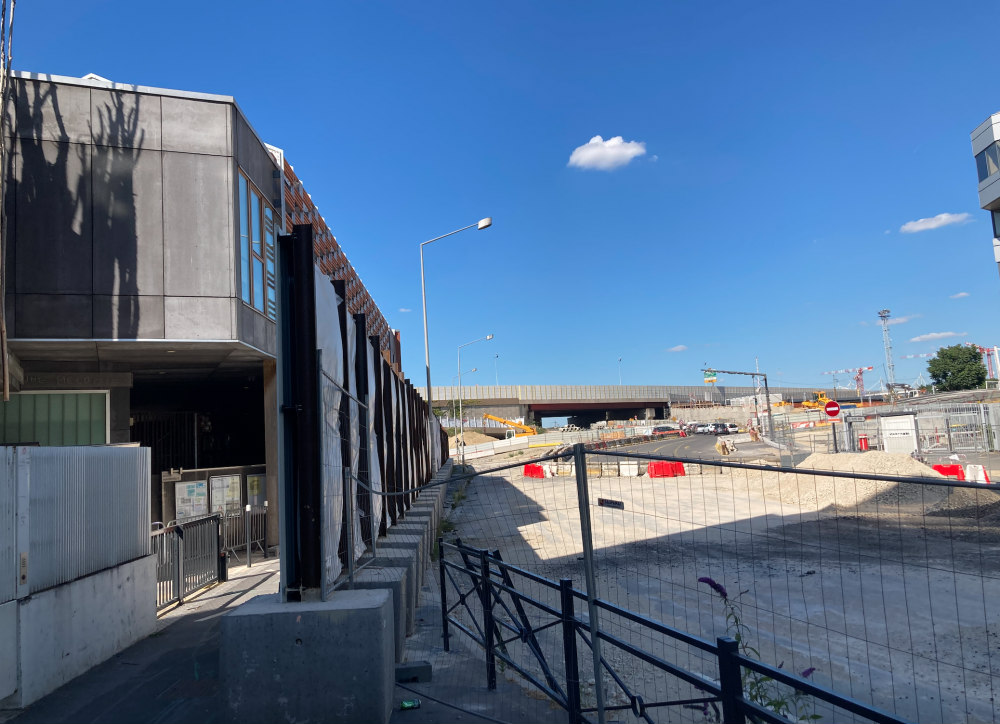
A recent example is London. The 2012 Olympics promised to be “a model for social inclusion”, regenerating East London’s post-industrial land and to deliver affordable housing for the area. Its legacy plans for example announced the construction of 30 000-40 000 new homes, “much of which will be ‘affordable housing’ available to key workers such as nurses or teachers”. That ended up in a ‘A massive betrayal’. Ten years later, only 13 000 have been built, with 11% actually affordable for people with low local incomes, and those numbers do not consider the thousands of former residents who have been relocated outside the area since the Olympics took place.
Amid growing scepticism over the benefits of this mega-event to local populations and criticism of cost overruns, the International Olympic Committee (IOC) has suffered from the desire or ability of cities to bid. In November 2013, the city of Munich dropped its bid to host the 2022 Winter Olympics after a referendum failed to garner enough votes among residents. Those who opposed the bid cited cost and environmental impact concerns.
The lack of interest to bid prompted the IOC to announce in 2014 a reform through the Agenda 2020 (by now Agenda 2020+5), putting forward forty recommendations such as encouraging cities to present an Olympic project that best matches their long-term sports, economic, social and environmental plans and focusing bid assessments on sustainability and legacy in cities. The Paris Summer 2024 Olympic Games are the first under this new framework.
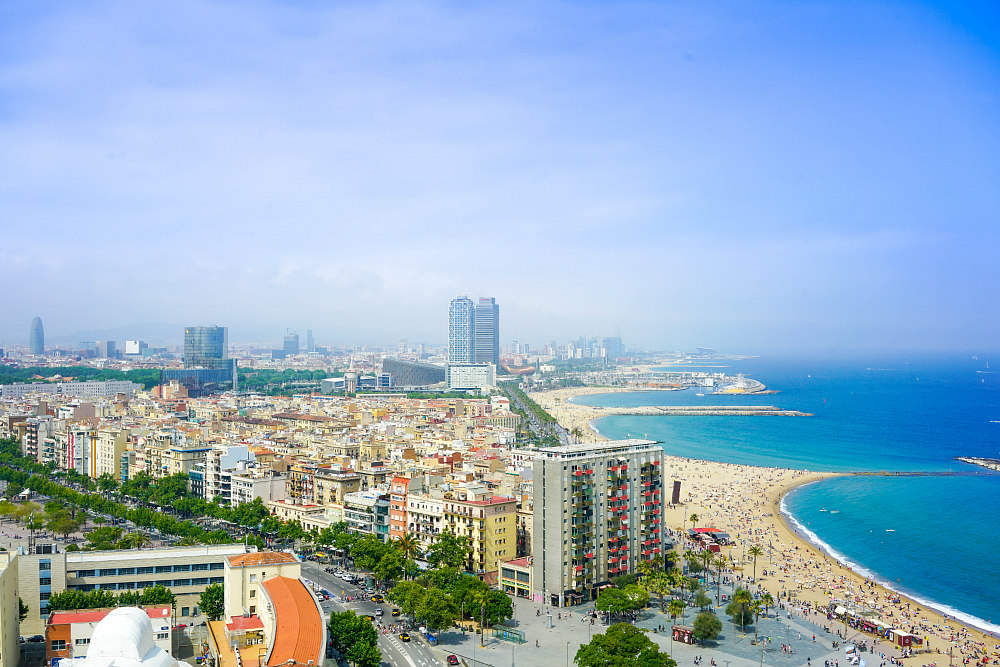
Efforts, not in vain, to win the bid in Paris against other cities aligned the ‘Olympic Legacy’ with existing urban development ambitions of the Grand Paris Project. The Olympics would be a tool for “désanclavement” (opening up of the suburbs) in the northern part of Paris, where 95% of the required infrastructure is being built in Seine Saint-Denis. Yet this department in France faces the strongest, most singular territorial and social difficulties. Formerly at the industrial heart of Europe, this working class area has continually attracted migrant workers and is the department with the youngest most impoverished population in France. It also has the highest rate of tenants in social housing in the country, higher than the average unemployment rate and a low education attainment.
Over the past few years, a plethora of local community and resident groups, such as the Comité de Vigilance JO 2024, or Saccage Paris 2024, have been contesting the discourse of the French state, highlighting problematic plans, campaigning, organising guided visits of areas at risk, and proposing solutions and alternatives that would reduce environmental and social damage. The Jardins Ouvriers d’Aubervilliers‘ is another site of resistance. Here more than 10,000m² of worker allotment plots and gardens were threatened by the construction of a solarium for a pool built for the Games, a Grand Paris Express station and an office and hotel district, although, on paper, the plan for the Olympic Village is to become a new green neighbourhood.
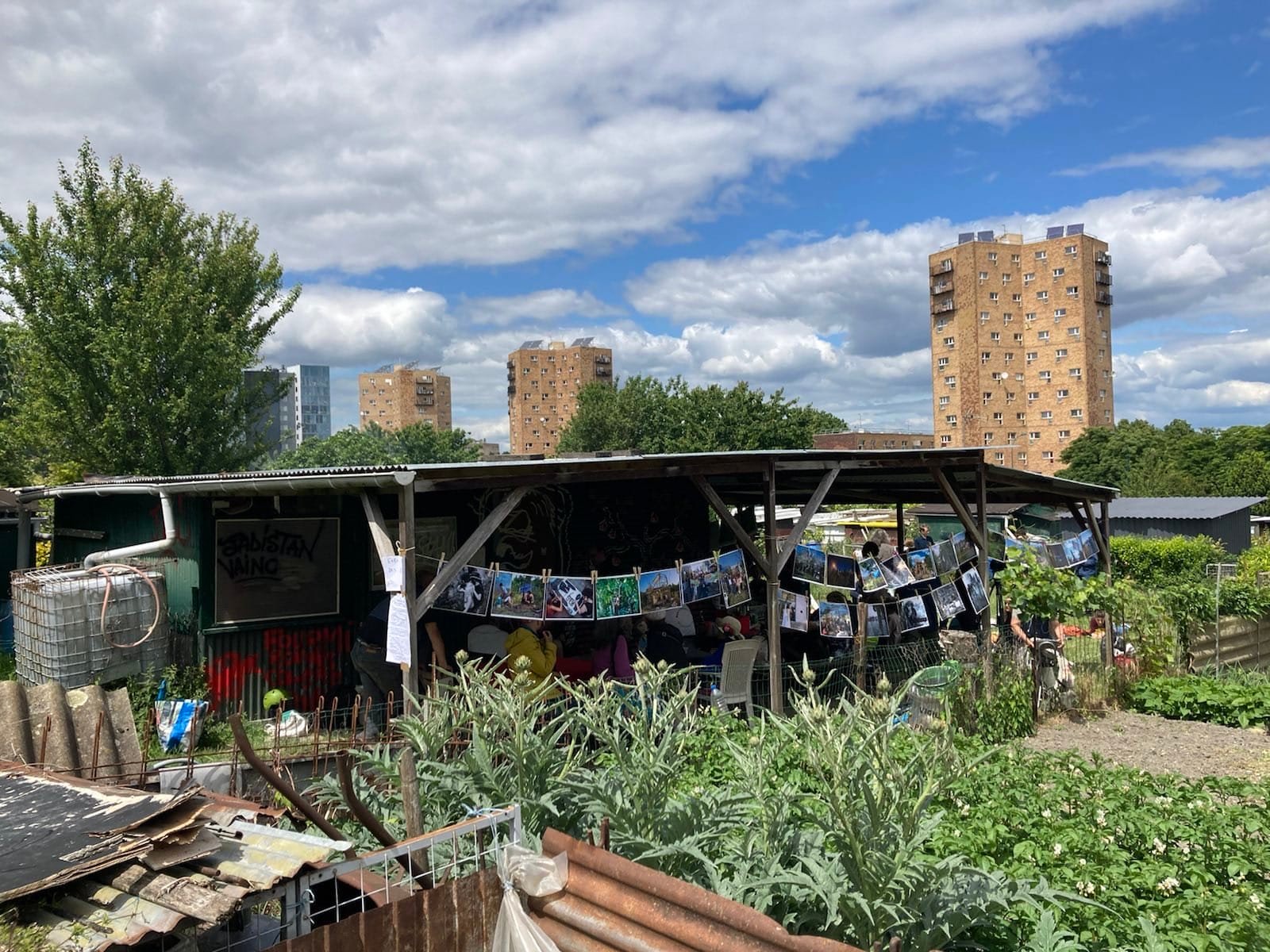
Groups defending the gardens have pointed out that the city of Aubervilliers has 1.42 m² of green space per inhabitant, while the objective of the area, defined by the WHO, is to have 10 m² of green per inhabitant. The destruction of these green spaces would be a threat to fruit and vegetable livelihoods of local families, social bonds developed around these spaces, as well as, sustainable water management, heat regulation during the summer, and CO2 absorption.
Understandably, neighbours went to the streets to protest. Some people chained themselves to machinery, culminating in evictions, arrests, and the destruction of seventeen plots. Legal proceedings against the Organising Committee’s original plans were also initiated in March. Four months later the courts ruled that the pool would be built but without its solarium. An organiser for Saccage 2024, Arthur as he asked us to be named, recounts “we quickly felt that this particular struggle was working in the media. We were very active alongside the other groups, and had a multiplicity of modes of action. We spoke to all the journalists, we blocked the building sites, occupied the land, and then finally the legal struggle gave us this victory.”
Certainly, continues Arthur, Jardins Ouvriers d’Aubervilliers had a tangible narrative about climate that made it more appealing, however “while environmentalism is an easier topic to reach people, we should also be reflecting on the fact that these Games are socially abject, favour surveillance and control, benefit private companies, and highlight spending priorities.”
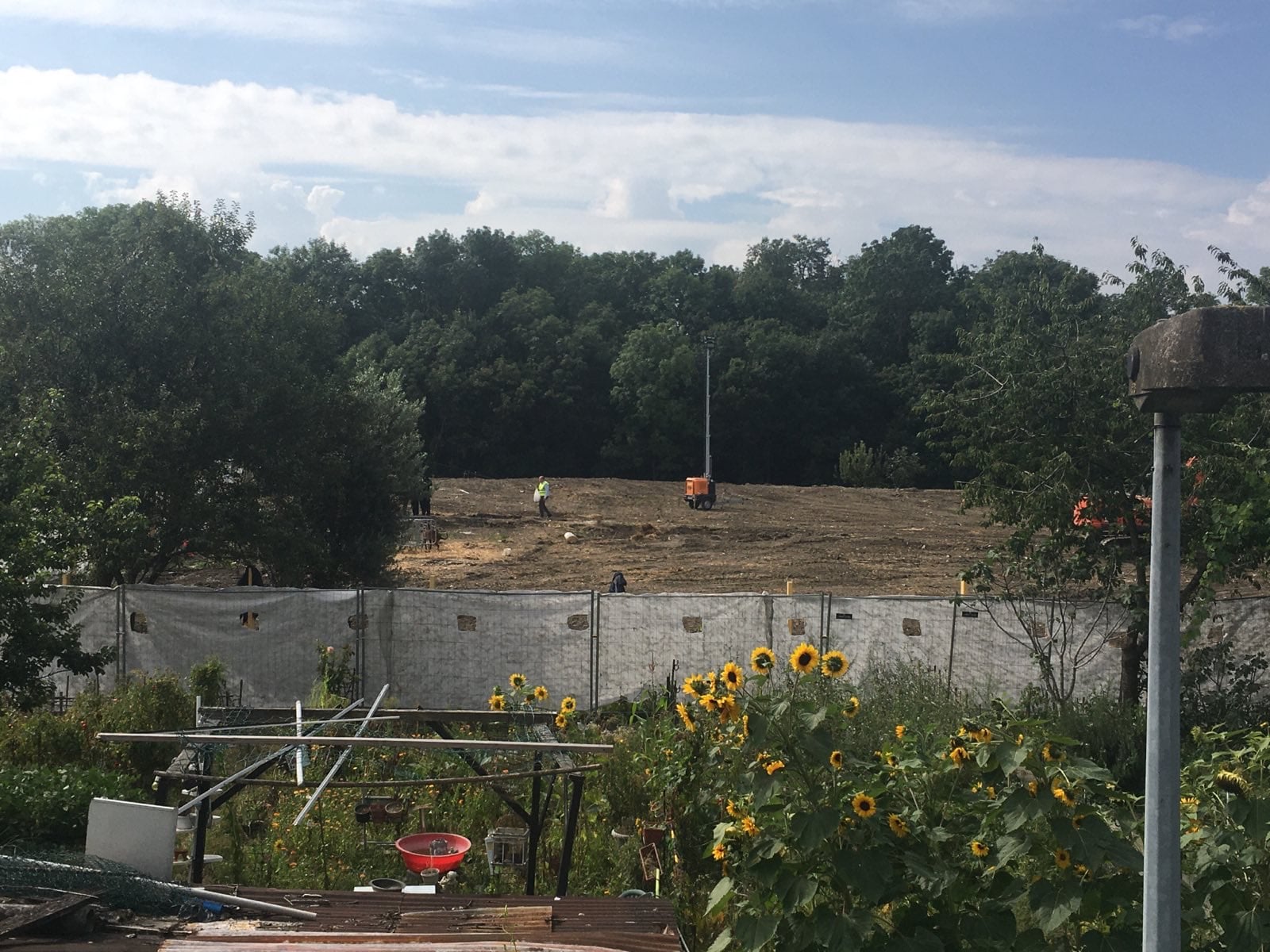
As the Games are coming closer in 2024, it does seem likely that Paris will come out of the Olympics in relative better financial health, and with more projects relevant for the area than past host cities, but still challenges lie ahead that have the potential of reinforcing existing urban problems, instead of solving them. Indeed, under tight deadlines and delivery imperatives, as well as budget revisions related to COVID-19 spending and current inflations, corners have been, and are being cut, which hinders the ability for residents to truly express their opinions, and for certain projects to truly respond to local needs. “The narrative of citizen participation is mere posturing, they pretend to listen,” says Arthur, a feeling that is very much echoed by Ouidir in our conversations.
In addition, Seine Saint-Denis has recently been chosen as the site of relocation of large corporate headquarters and creative industries. These changes are connected to the ongoing Grand Paris Project, an ambitious metropolitan restructuring that has been defined by the academic Theresa Enright as “a new political vision for Paris and a new paradigm for urbanism”. Since then the area has witnessed strong increases in housing prices. Comprising a new mass transportation network, political administrative bodies and legal entities, and hundreds of site specific projects, it has been described as illustrative of neoliberal “grand urbanism” megaprojects, for purposes of speculative growth.
The connectivity of the ‘Olympic Legacy’ to the Grand Paris project highlights how the Games are used to accelerate existing, large-scale projects that threaten to push out current residents. Arthur is clear: “it’s no secret that the Olympics are a gentrifying force, and are a perfect way to accelerate existing urban planning policy, it’s even in the official communications of the Grand Paris. So while our fight is against the Olympics, it is connected to larger social struggles.” The dream of the ‘Olympic Legacy’ alone is not the answer to the complexity of cities.
